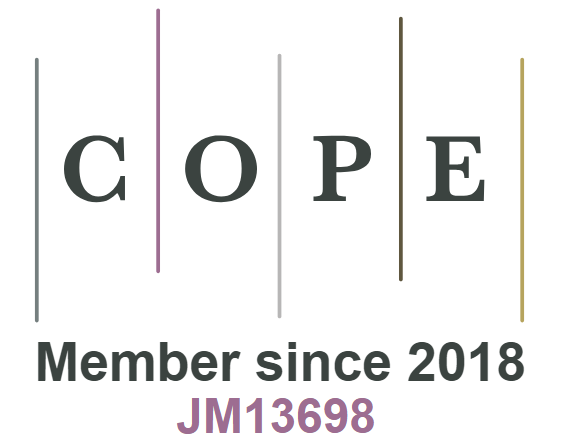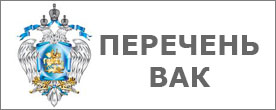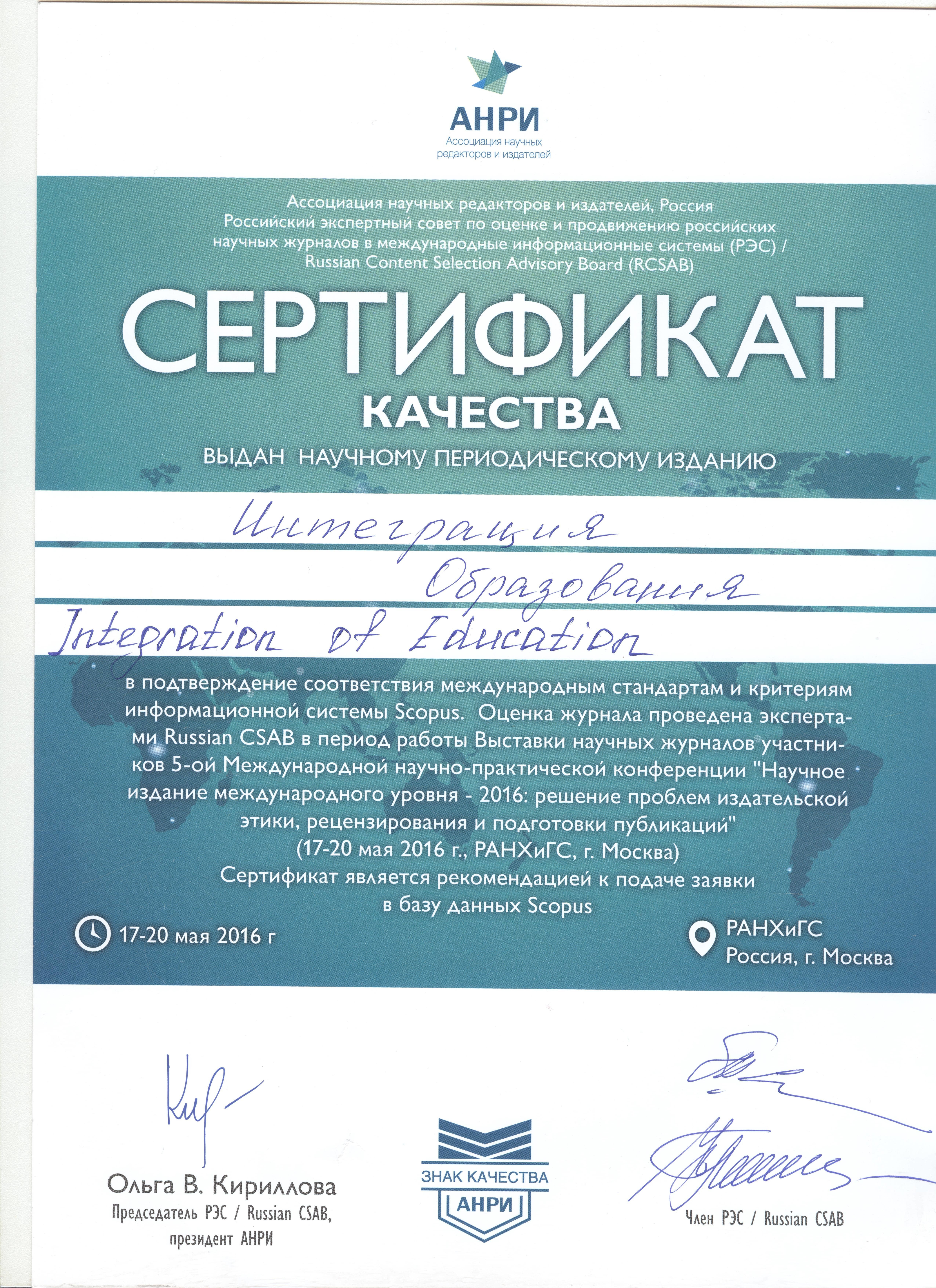UDK 37.043.2-055.-1
DOI: 10.15507/1991-9468.103.025.202102.192-213
A Review of European Research on Content and Language Integrated Learning
Ivana Cimermanová
Associate Professor of the Institute of British and American Studies, University of Presov (1, 17 novembra St., Presov 080 01, Slovakia), ORCID: https://orcid.org/0000-0002-8063-8949, Scopus ID: 57193775555, This email address is being protected from spambots. You need JavaScript enabled to view it.
Introduction. Subjects’ integration in formal teaching can play an important role in addressing the issue of authentic and meaningful learning as opposed to rote memorisation. Content and language integrated learning has been the subject of educational studies for three decades. The scope of research is broad, and from the primary focus on foreign language performance, it has been slowly extended to the impact of Content and language integrated learning on content and mother tongue. The purpose of the research is to summarize selected research articles on Content and language integrated learning application and to estimate its summary average effect on content development in a group of students aged 10‒16.
Materials and Methods. The article presents the systematic review of the studies published in the Web of Science database in the last decade (2010–2020) and surveys the selected empirical studies that focus on the impact of Content and language integrated learning implementation on the content subjects at primary and secondary schools. Sixteen studies met the inclusion criteria and were included in the analysis. Data from six studies were also statistically evaluated using Comprehensive meta analysis and RevMan software, and the synthesis is presented in the Results and Discussion parts.
Results. Based on the 16 discussed studies’ results, Content and language integrated learning intervention produces positive added value; however, the statistical meta-analysis showed no statistically significant differences between the Content and language integrated learning and non-CLIL groups in their content knowledge and the results favouring non-CLIL groups. As the groups’ size differed in terms of absolute value, the pooled standard deviation was used to reflect the sample sizes and standard deviation were averaged with more weight given to the larger sample groups.
Discussion and Conclusion The practical significance and prospects of the study lie in pointing out the benefits of Content and language integrated learning and stressing the importance of its inclusion in teacher training study programmes along with the development of pre-service teachers’ creativity, critical thinking and ability to create their materials.
Keywords: Content and language integrated learning, content subject, systematic review, meta-analysis, experiment
Funding: This study is a part of a research project financed by the Slovak Ministry of Education, Science, Research and Sport (KEGA 032PU-4/2019, project: Creating teaching materials for content and language integrated learning at elementary schools).
Acknowledgements: I am very grateful to the anonymous reviewers whose comments and suggestions helped improve and clarify this manuscript.
The author declares no conflict of interest.
For citation: Cimermanová I. A Review of European Research on Content and Language Integrated Learning. Integratsiya obrazovaniya = Integration of Education. 2021; 25(2):192-213. DOI: https://doi.org/10.15507/1991-9468.103.025.202102.192-213
The author has read and approved the final manuscript.
Submitted 12.03.2021; approved after reviewing 15.04.2021;
accepted for publication 23.04.2021.

This work is licensed under a Creative Commons Attribution 4.0 License.





























